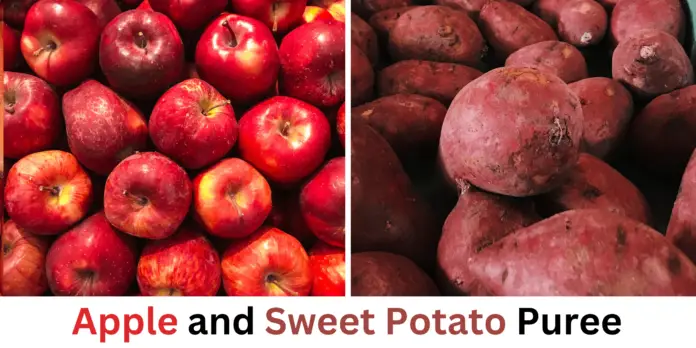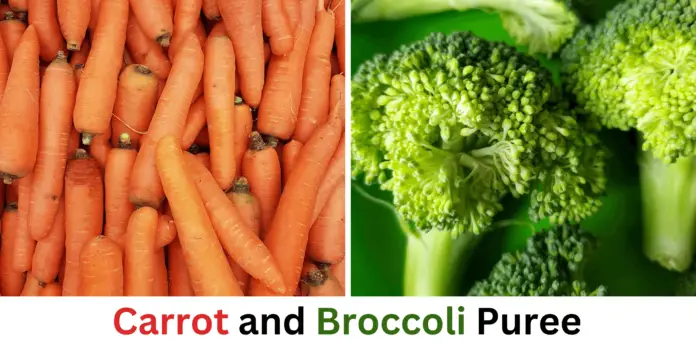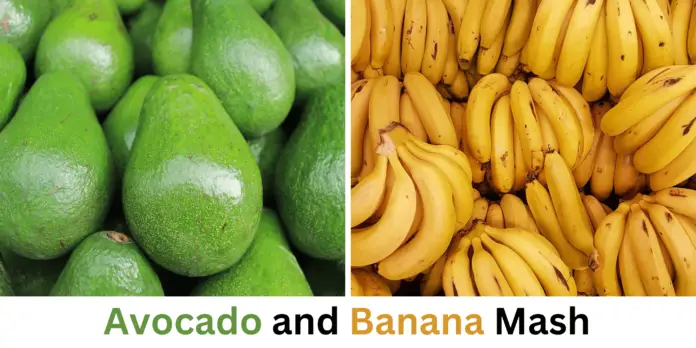Are you a new parent wondering how to make homemade baby food to provide your child with the best nutrition possible? To prepare your own baby food, you don’t need to be a cooking expert. Commercial baby meals may lose vitamins, minerals, and many other nutrients. Making homemade baby food, which is easier than you would think, will ensure that your child gets all the nutrients they need. This article will cover all you need to know about making your own baby food, including the benefits of doing so, the best ingredients to use, and some delicious and nourishing baby food recipes.
Benefits of Homemade Baby Food
Some of the most significant advantages are as follows:
More Nutritious: In order to remove microorganisms from child meals, high temperatures are frequently used, which also destroys the nutrients. Making your own baby food allows you to use seasonal, fresh products that boast your child’s immune system the vitamins and minerals it needs all year long.
Cost-Effective: Preparing baby food at home may be less expensive than buying it in a package.
Time-saving: By simply giving your nursing child a blitzed version of the family meal, you can cut back on both your time in the kitchen and your time spent purchasing. Additionally, you’ll make sure your child eats nutritious meals that the whole family can appreciate.
Ingredients under your control: You have complete control over the ingredients when you make your own baby food, ensuring that only the best and healthiest foods are used to feed your infant.
Best Ingredients to Use
Baby food made at home must contain only fresh, nutritious components. The best components to utilize include the ones listed below:
Fruits include mangos
- Avocados
- Peaches
- Bananas
- Apples
- Pears
Vegetables include sweet potatoes
- Carrots squash
- Peas
- Green beans
- Spinach
Proteins sources include chicken
- Turkey
- Fish
- Lentils
- Tofu
Grains include rice
- Oats
- Quinoa
Homemade baby food recipes
Here are some delicious and healthy baby food recipes to try:
Apple and Sweet Potato Puree
Ingredients:
- 1 apple, cored, sliced, and peeled
- 1 chopped and peeled sweet potato
- Water
Instructions:
1: Add enough water to a saucepan to cover the apple and sweet potato slices.
2: Boil the water after about 15 minutes of simmering, the apple and sweet potato should be soft.
3: Blend all the ingredients In a food processor until the mixture is perfectly smooth.
4: Serve as you want cold or warm
Fiber, vitamins A and C, and other nutrients that are crucial for a baby’s growth and development may be found in abundance in this puree.
Carrot and Broccoli Puree
Ingredients:
- 1 peeled and sliced carrot
- 1/2 cup broccoli
- Water
Instructions:
1: Take water in a saucepan and add chopped carrot and broccoli florets of water.
2: Bring the water to a boil after about 15 minutes of simmering, the vegetables should be soft.
3: Blend all the ingredients in a food processor until it is completely smooth.
4: Cold or warm serving.
The growth of a baby’s bones depends on calcium, vitamins A and C, and other nutrients that are abundant in this puree.
Avocado and Banana Mash
Ingredients:
- 1 ripe avocado
- 1 ripe banana
Instructions:
1: The avocado is peeled and pitted.
2: Banana peeling.
3: Mash the avocado and banana together with the help of folk, or blend them in a food processor to a creamy consistency.
4: Serve right away.
A baby’s brain and general growth depend on healthy lipids and potassium, both of which are abundant in this mash.
Chicken and Vegetable Puree
Ingredients:
- 1 boneless, skinless chicken breast
- 1/2 cup chopped carrots
- 1/2 cup chopped zucchini
- Water
Instructions:
1: Put the carrots, zucchini, and chopped chicken breast in a hot pan with just enough water to cover them.
2:The combination should simmer for around 20 minutes, or until the chicken is well cooked and the vegetables are soft, once the water has come to a rolling boil.
3:In a food processor, blend the ingredients until they are perfectly smooth.
4: Serve warm.
This puree is an excellent source of protein, vitamins A and C, and iron for a baby’s growth and development.
Sweet Pea and Mint Puree
Ingredients:
- 1 cup frozen sweet peas
- 1/4 cup chopped fresh mint leaves
- Water
Instructions:
1: In a saucepan, mix the chopped mint leaves and frozen sweet peas with just enough water to cover them.
2: Just enough water to cover the chopped mint leaves and frozen sweet peas in a saucepan, wait 5-7 minutes before draining.
3: Peas that have been cooked add mint leaves, and butter in it.
4: Blend or process the ingredients in a food processor until they are completely smooth
5: If necessary, add 1-2 teaspoons of broth or water to get the required consistency.
6: You can add salt and pepper to taste to season.
7: Either serve hot or cold.
This puree is rich in fiber, which helps with digestion, and vitamin K, which is necessary for a baby’s bone formation
Making your own baby food is an excellent way to ensure your child receives all the nutrients they need, saves money, and provides them access to a broader variety of flavors and textures. Use these easy and delectable baby food recipes to feed your child nutritious, delicious meals they’ll love. Make your baby’s homemade baby food at home, and enjoy the process. Always use fresh, healthy ingredients.
How long is homemade baby food good for?
Depending on the type of food and the storage method, homemade baby food can last for varying lengths of time. In general, follow these rules:
Refrigerator: Homemade baby food should be consumed within 3 to 4 days if it is kept in the refrigerator. This applies to The purees made from fruits, vegetables, and meats.
Freezer: Homemade baby food kept in the freezer can last up to three months. Fill ice cube trays with pureed food, cover with plastic wrap, and freeze them to preserve baby food. Transfer the frozen cubes to a bag or container that is freezer-safe. When it’s time to use the frozen baby food, thaw it either by putting the container in a bowl of warm water.
Remember to throw out the baby food right away if you see any signs of spoilage, such as a strange odor or mold. Also, avoid refreezing thawed baby food because doing so can raise the risk of contracting a foodborne illness.
FAQs
Can you freeze homemade baby food?
Yes, you may store small amounts of homemade baby food frozen for up to three months. Simply remember to date and label the containers.
How can I know whether my child is ready to start eating solids?
Around six months of age, the majority of newborns are ready to begin solids. Look for indications include being able to swallow food, sitting up with assistance, and displaying an interest in food.
Should I puree all my baby’s food?
No, it’s important to gradually introduce textures and chunkier foods as your baby grows and develops. Pureeing is best for younger babies, while older babies can handle softer pieces of food.












